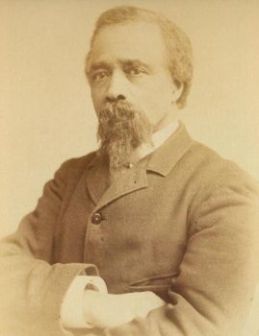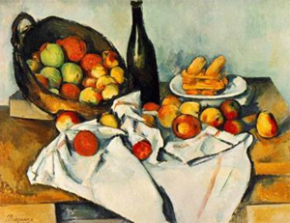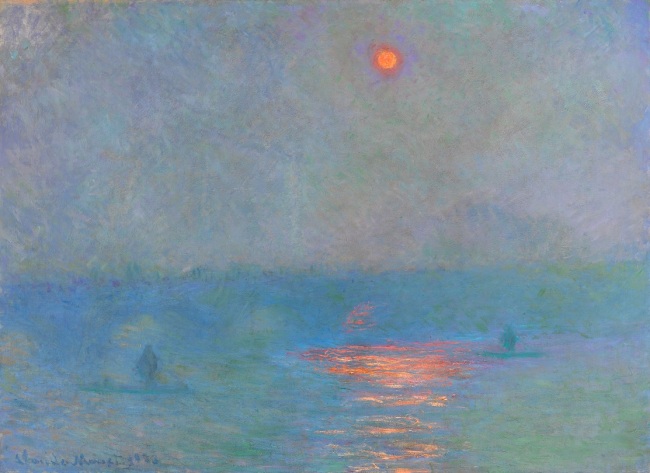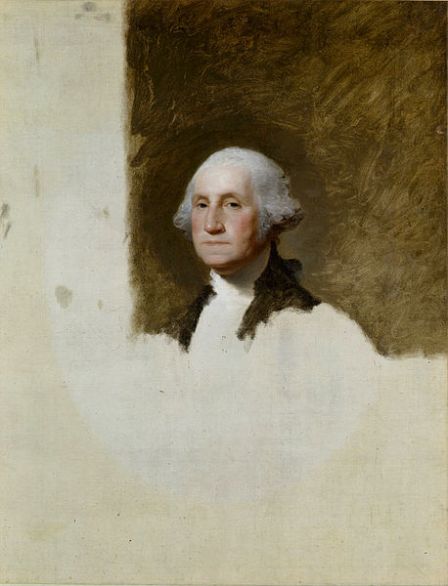I was asked by the Museum Director to draft, record, and upload a series of audio guides for works in the permanent collection. Below is a link to the labels for these guides. The actual audio is accessible if you follow the instructions on them. This can be done from any type of phone.
Tag Archives: museum education
Chalking the Museum at Chalk the Block Festival
As part of the El Paso Museum of Art’s first time participating in El Paso’s Chalk the Block art festival, we invited visitors to “chalk the museum” and leave their own artwork. Overheard during the activity, mom to daughter, “You saw the artwork in the museum and now you have your art on the museum.” Click on the link below for photos of their creations. You can also see our activities inside the museum.
In-Gallery Activity for Posting Picasso Exhibit
These are photographs of the “Make your own Branded Poster” activity that I developed for an exhibit of Picasso posters at the El Paso Museum of Art. I designed the poster templates to resemble the aesthetic of the posters in the exhibit. It’s proven quite popular.
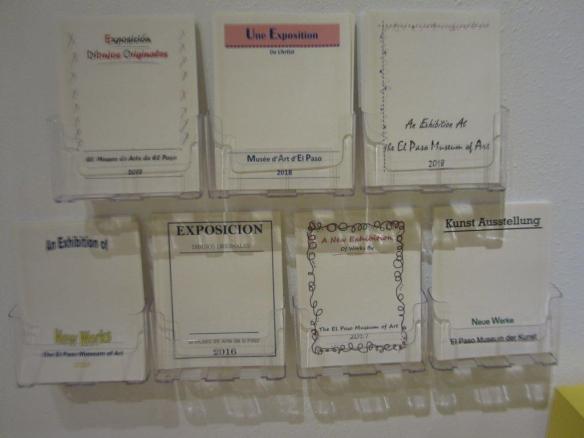
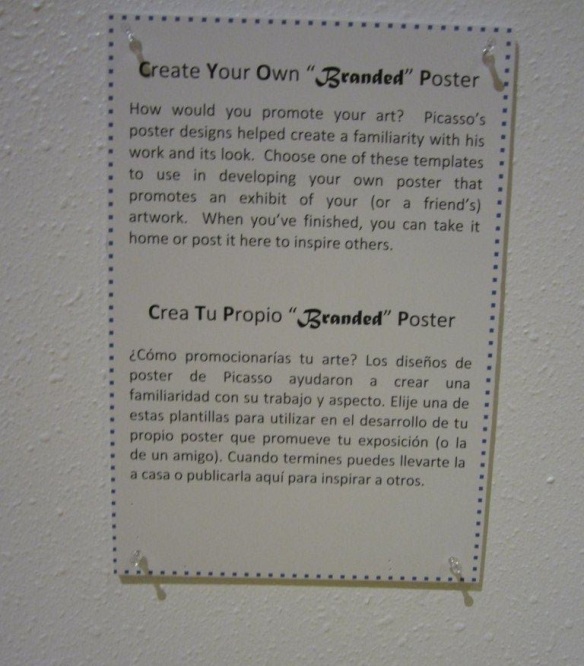
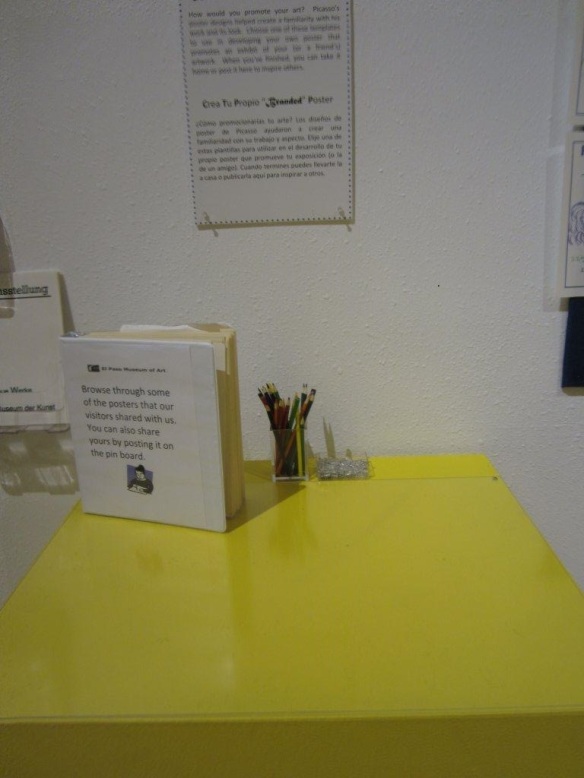
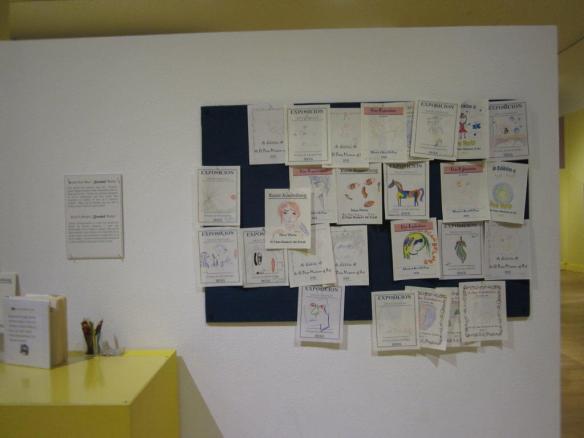
Canaletto, View of the Molo
Here is another in the series of animated videos of the El Paso Museum of Art’s European Collection.
Interactive Exhibit Elements for Don Coen: The Migrant Series

These are photographs of two interactive education sections created for an exhibit of large-scale air brush portraits of migrant laborers. The El Paso Museum of Art exhibited the portraits from February through mid-June of 2015. We collected the notes to the migrants left on the pin board and sent them to the artist, who forwarded them on to the migrant workers.
The flip book shown in the section “Explore the World of the Migrant Laborer” contained laminated copies of articles dealing with various aspects of migrant labor. The statistics listed on the panel came from a 2007 national survey of migrants.
Interactive Gallery Guides
Here are two gallery guides I co-authored (with interns) for the exhibition series Modern Masters: Highlights from the Solomon R. Guggenheim Museum. They are intended to encourage close looking at the two paintings on view, and used in conjunction with supplemental hands-on materials in the gallery.
“Contemplation Corner” developed for exhibit space dedicated to the Guggenheim Modern Masters loan series
“Art Encounter” labels for works in the American Gallery at the El Paso Museum of Art
The link below allows you to see an example of an Art Encounter label in its original format. The remaining labels embedded in the blog do not contain the original graphic design.
An Art Encounter
Edward Mitchell Banister, Untitled Landscape
(1881)
Lift to see a picture of the artist.
? ? ?
Albumen Silver Print of Edward Mitchell Banister by Gustine L. Hurd c.1880
Property of the National Portrait Gallery, Smithsonian Institution, gift of Sandra and Jacob Terner
Are you surprised that he was African American? The judges who awarded first prize to his large painting Under the Oaks at the Philadelphia Centennial Exposition in 1876 certainly were. After seeing that the award winner was a black man, the judges refused to give him the prize until his fellow artists threatened to withdraw from the exhibition. This award made Bannister one of the first African American artists to be nationally recognized.
Learn more about Edward Mitchell Bannister at http://www.ric.edu/bannister/about_emb.php
An Art Encounter
Robert Spear Dunning Still Life with Persian Melons and Plums (1878)
Childe Hassam Still Life with Peaches and Old Glass (1902)
Are these paintings more alike or more different?
In some ways these two still life pictures tell the history of American art in the 1800s. Robert Dunning, who painted the one on the left, lived from 1829 to 1905. He experienced the physical and economic growth of the country, and worked in a mill before studying art in New York City. He specialized in painting highly detailed and realistic images of fruits and vegetables, often in settings that suggested a wealthy household.
Childe Hassam painted the still life on the right three years before Dunning’s death. Hassam was born thirty years after Dunning and experienced the rapid growth of cities, the end of the American Indian wars, the invention of the automobile, and World War I. Before studying in Paris in the 1880s, Hassam painted in a realist style. After Paris he became a “pioneer of American Impressionism,” with its visible brushstrokes and often “sketchy” quality. The painting hung here also shows strong influence from Modern artists such as Cezanne and Matisse. The picture below is an example from Cezanne.
|
Paul Cezanne, Basket of Apples (1895) Art Institute of Chicago |
Besides both being a still life, do you think the paintings by Dunning and Hassam have anything in common?
An Art Encounter
Theodore Butler Fireworks Vernon Bridge (1908)
It Was All in the Family (the Monet family that is)
Compare this painting by Butler with the one by French Impressionist Claude Monet, pictured here.
|
Claude Monet, Waterloo Bridge, Effect of Sunlight in the Fog (1903) The National Gallery of Canada |
Butler studied with Monet and was even married to two of his step daughters (not at the same time). Based on what you can see, how much influence do you think Monet had on Butler as an artist? What “impression” does Fireworks give you?
Butler also exhibited at the Modernist Armory Show of 1913. You can find a virtual tour of the Armory Show at this address: http://xroads.virginia/edu/~museum/armory/entrance.html
An Art Encounter
Julius Rolshoven Taos War Chief (n.d.)
A Silent Conversation
Step back and look at Rolshoven’s painting of a Taos Indian chief and at the Gilbert Stuart painting of George Washington hanging on the opposite side of the doorway. Stuart and Rolshoven painted these portraits over a century apart, in very different Americas. Yet both men were warriors and leaders of their respective nations, and both were painted in old age.
If they could have a conversation, what do you think they would say to each other? Would they find common ground?
More about the artist
Julius Rolshoven made a career of painting the people of the New Mexican pueblos after he moved to Santa Fe in 1916. Just as Gilbert Stuart’s image forged our view of Washington, Rolshoven’s paintings of the southwestern American Indians helped establish many people’s concept of what “Indians” looked like. Feathered war bonnets, for example, were not part of the Taos Pueblo culture, but formed an important part of the stereotypical “Indian” image.
An Art Encounter
Willard Metcalf, Hillside Dwellings, Palago, Italy (c.1914)
John Henry Twachtman, Twilight (n.d.)
A Comparison of Two American Impressionists
Willard Metcalf, who painted the work to your left, and John Henry Twachtman, who painted the one to your right, are both considered important American Impressionist painters. Both men were born on the cusp of the Civil War, and met when they studied in Paris in the 1880s. They also both divided their time between New York City and Connecticut.
They were not, however, equally successful. While Metcalf’s New England landscapes became very popular, Twachtman’s income came largely from teaching and the profits of his work on a cyclorama. Art Historian Susan Larkin commented that “[Twachtman’s] lack of commercial success contributed to his artistic independence, freeing him from the temptation of producing saleable pictures according to a proven formula.” Consequently, Twachtman’s paintings seem to push at the boundaries of impressionism and contain a certain abstract quality.
Does Twachtman’s style seem more “modern?” Which of the two do you prefer? Why?
An Art Encounter
Mary C. Wheeler, Girl Reading (n.d.)
An Impressionist Artist and a Progressive Educator
Like the famous Mary Cassat, artist Mary Wheeler studied in Paris and worked in Giverny, France. While less well known as an artist than Cassat, Wheeler is famous for her role as an educator, a role reflected in the painting seen here. She founded the prestigious Wheeler School of Providence, R.I. in 1889 and believed that girls needed as intellectually rigorous an education as boys. After taking students to study in Giverny over the summers, she bought the house next to Monet’s in 1907, to use as a permanent art school.
Compare her view of a girl reading with Rolshoven’s view of a similar subject hung to the right. To what degree do you think the gender of each artist affected his or her treatment of the subject?
An Art Encounter
Gilbert Stuart, George Washington (n.d.)
Was This the Face that Launched a Thousand Bills?
The answer, essentially, is yes. Beginning in 1918, silver dollar notes bore an engraved version of Stuart’s portrait of Washington. As a consequence, most Americans have become extremely familiar with this image, but don’t necessarily know where it came from. Stuart’s portrait of Washington was so popular in his lifetime that he painted multiple versions of it, based on his original unfinished painting of 1795, shown below.
|
Gilbert Stuart, George Washington (1795) Museum of Fine Arts, Boston, and the National Portrait Gallery |
The El Paso Museum of Art’s version of the portrait was acquired in 1976. Money for the purchase was raised and appropriated as a community-wide Bicentennial project.











